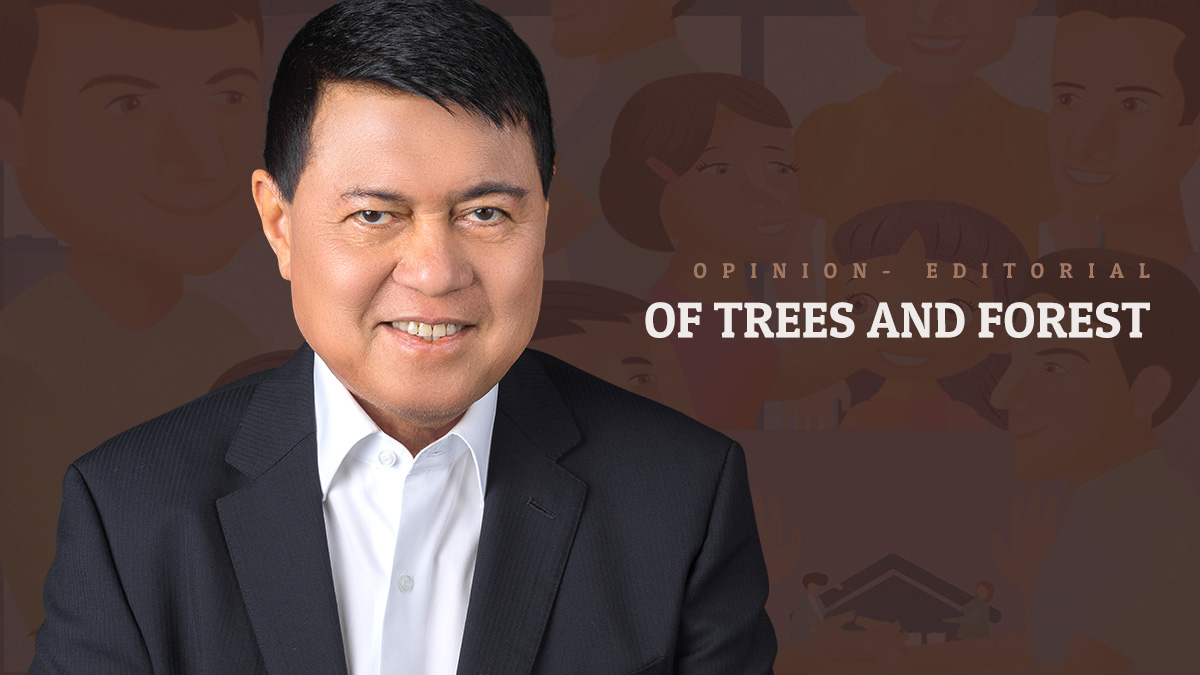
Pandemic Blues
Fatigue, of course, is one of the possible symptoms of COVID-19. But I would like to write about the so-called “pandemic fatigue” – a feeling of exhaustion, impatience, even resignation among people sick and tired of lockdowns and limits to their normal behavior. This has led some to feel a little demotivated about following recommended health protocols to protect themselves and others from the virus. I do not need to explain how such behavior, especially if espoused by many in our population, could lead to another surge in COVID-19 infections.
Countries around the world have noticed this phenomenon as the world continues to grapple with the new coronavirus. In Europe, which has registered over 6.2 million coronavirus cases and over 240,000 deaths since the pandemic emerged in February, World Health Organization (WHO) officials have noted that, based on “aggregated survey data from countries across the region, fatigue among those surveyed have reached over 60% in some cases”.
This is no surprise at all. After more than seven months of being in a lockdown, not being able to do your daily routine, or visit friends and family, or go out and eat, or have a drink in your favorite bar, people are understandably frustrated and want some normalcy in their lives. And so in the US, in other parts of the world, even here in the Philippines, people have started going out, attending family celebrations, and the like.
It is a real problem. A problem that authorities need to recognize and address. Exhaustion and impatience are creating a new risk—apathy among people about health and safety protocols which could lead to a resurgence of coronavirus infections.
WHO in Europe has released some recommendations on how to battle pandemic fatigue:
- Understand people: collect and use evidence for targeted, tailored, and effective policies, interventions, and communication.
- Engage people as part of the solution.
- Help people to reduce risk while doing the things that make them happy.
- Acknowledge and address the hardship people experience, and the profound impact the pandemic has had on their lives.
I like the strategies they propounded because they are people-centered and engage people to be part of the solution. I especially applaud the third recommendation which is to reduce risk while we slowly bring back some normalcy into our lives. This brings me to a fifth suggestion which I would like to put forward—no more lockdowns and begin the gradual process of reopening the economy and rejuvenating community life.
As I explained in my previous column, we need to stop living in fear and start “living with the coronavirus.” This is the “new normal” which everyone has been saying months ago: adapting to life with the coronavirus. This means that we need to gradually restart economic and social activities.
This comes with a very important caveat—ensure that health protocols are in place and properly implemented. This is important because implementing officials are not immune to this pandemic fatigue. Some areas might be seeing the more lax implementation of health protocols not just because people are fatigued but also because local officials have become exhausted doing the difficult job of enforcing protocols.
The key is to transform those rules into habits. People are generally dismissive of new ways, of changes in their lives, but if we consistently implement them and repeat them, they become second nature, like riding a bike. In this case, it’s washing your hands all the time, avoid touching your face, wearing a mask at all times, practicing physical distancing no matter what. These practices should become second nature to us, part of our routine, things that we do even without thinking.
I know people are tired of the pandemic but I am also certain that they are not tired of living.
Source:





